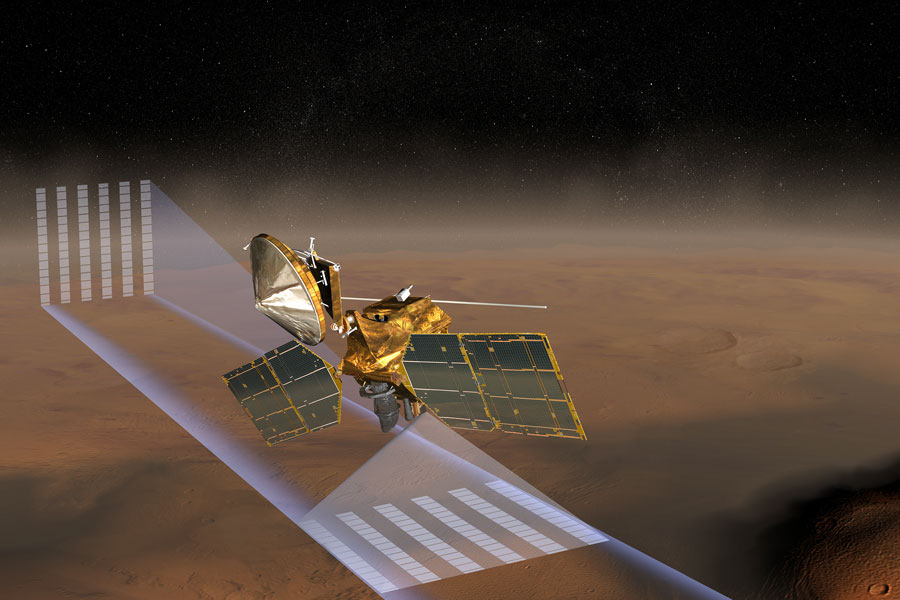



Dr. Kenyon joined the MDL in 2001. His primary focus has been designing, fabricating, and testing novel thermal detector arrays (i.e., thermopile and transition-edge sensors) for Earth, planetary, and astrophysics projects. He has focused on incorporating the latest materials and microfabrication techniques to develop detectors with unparalleled performance for niche spaceborne applications like the Radiation Budget Instrument (RBI) and the Background-Limited far-Infrared/ Submillimeter Spectrograph (BLISS).

As our planet continues to warm, climate scientists need novel ways of exploring the processes that drive change and of measuring the markers that predict such alterations. These scientists recognize that the remote...

Studying the radiant energy from objects such as clouds in Earth’s atmosphere can tell us a lot about their behavior and interaction with larger weather systems. JPL has successfully built and flight-qualified the...

IR spectrometers are used to remotely determine molecular structure of various samples. With solids this can identify the mineral composition. The current state-of-the-art for point spectrometers in the Short Wave Infrared...